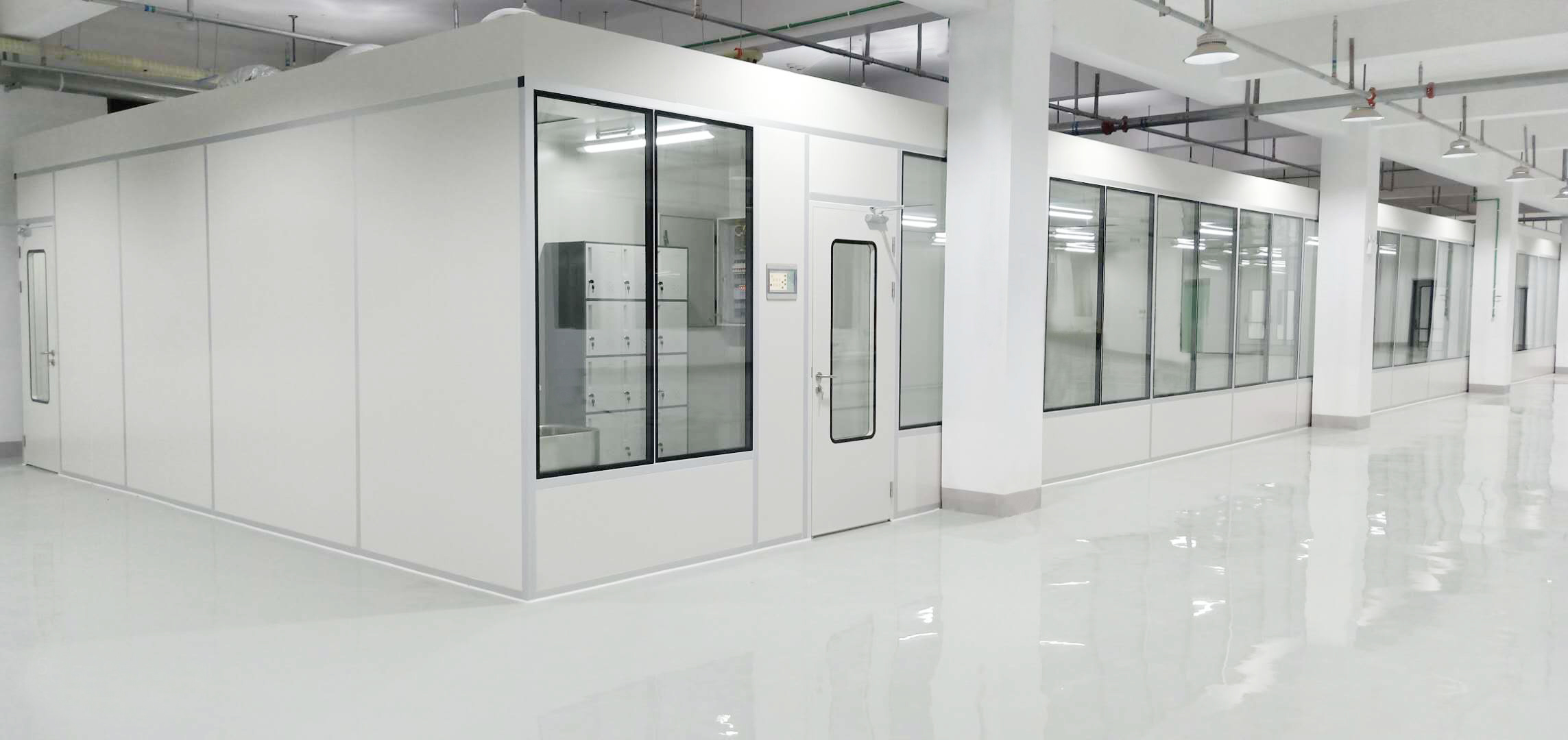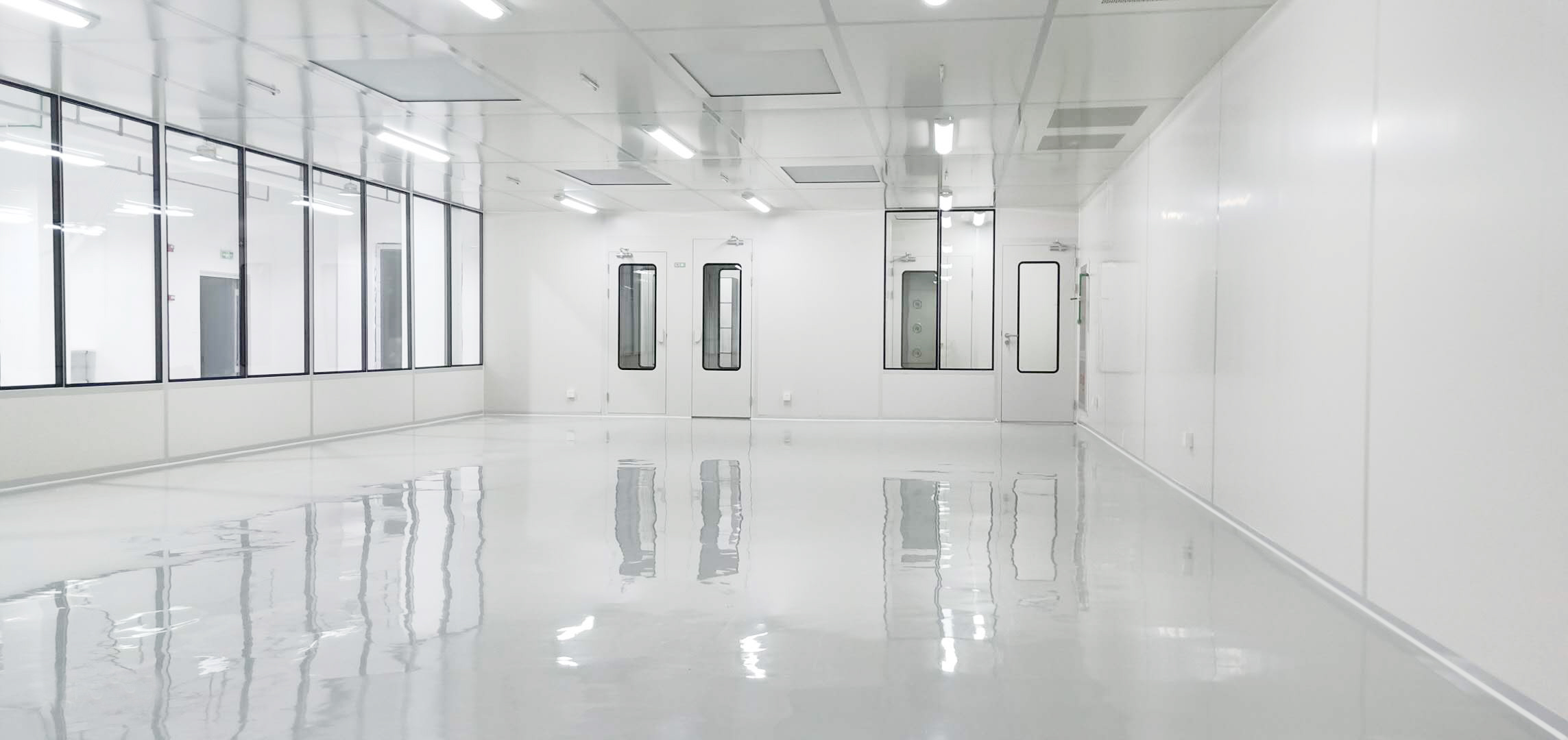Mastering the Environment: A Technical Guide to GMP Cleanroom HVAC Design
In a pharmaceutical cleanroom, the HVAC system is far more than a comfort utility; it is a critical process system that actively ensures product quality and compliance. For facility engineers and project managers, a robust and well-designed HVAC system is fundamental to achieving the required air cleanliness, pressure cascades, and environmental stability demanded by regulators. This article explores the core technical considerations for designing, specifying, and operating a GMP-compliant cleanroom HVAC system.
The Four Core Functions of a Pharmaceutical HVAC System
1.Contamination Control: Supplying clean, filtered air in sufficient quantities to dilute and remove particles and microorganisms generated within the space.
2.Pressure Cascade Maintenance: Ensuring air flows from cleaner to less clean areas to prevent contaminant ingress.
3.Temperature Control: Maintaining a stable temperature required for product stability and operator comfort.
4.Humidity Control: Maintaining a stable relative humidity (RH) to prevent microbial growth (at high RH) or electrostatic discharge (at low RH).
Anatomy of a GMP Air Handling Unit (AHU)
The AHU is the heart of the HVAC system. Unlike a commercial AHU, a pharmaceutical-grade unit features specific components for hygiene and performance.
1.Hygienic Construction: Smooth internal surfaces (stainless steel or coated), sloped drain pans, and easy access for cleaning and maintenance.
2.Multi-Stage Filtration:
- Pre-filters (G4/MERV 8): Capture large particles to protect downstream components.
- Secondary Filters (F8/MERV 14): Provide finer filtration before the final stage.
- Terminal HEPA Filters (H13/H14): Located at the point of air entry into the cleanroom, these are the most critical filters, capturing 99.95% or more of particles at 0.3µm.
- Heating and Cooling Coils: To precisely manage temperature.
- Humidification/Dehumidification: Using steam injectors or cooling coils to control moisture content.
Critical Design Parameters: ACPH, Pressure, and Environmental Control
Air Changes Per Hour (ACPH) ACPH defines how many times the total volume of air in a room is replaced by filtered air each hour. This is a key factor in contamination recovery. While GMP regulations are now performance-based, industry best practices are:
- ISO 8 / Grade D: 20-40 ACPH
- ISO 7 / Grade C: 40-60 ACPH
- ISO 6 / Grade B: 60-90+ ACPH
Pressure Differentials A pressure cascade of 10-15 Pa between adjacent rooms of different classifications is the industry standard. This requires careful balancing of supply and exhaust air volumes and is monitored in real-time. For potent compound or BSL facilities, negative pressure containment strategies are used instead.
Temperature and Humidity A typical specification is 20°C ± 2°C with a relative humidity of 45% ± 5%. These parameters are selected based on product requirements and operator comfort and must be maintained and documented continuously.
Energy Efficiency in Cleanroom HVAC
Cleanroom HVAC systems are notoriously energy-intensive. Modern designs incorporate strategies to reduce operational costs without compromising compliance:
1.Variable Frequency Drives (VFDs): On fan motors to reduce speed (and energy use) during non-operational periods (“setback mode”).
2.Air Recirculation: Recirculating a high percentage of conditioned air (after re-filtering) reduces the energy needed to heat or cool fresh outside air. The amount of fresh air is determined by occupancy and process exhaust needs.
3.High-Efficiency Components: Using EC (Electronically Commutated) fan filter units and energy recovery wheels.
FAQs for Cleanroom HVAC Systems
What is the difference between an AHU and a Fan Filter Unit (FFU)?
An AHU is a large, centralized system that conditions and filters air for multiple rooms. An FFU is a smaller, decentralized unit with its own fan and HEPA filter, typically used in the ceiling grid to provide laminar flow or boost ACPH.
How often do HEPA filters need to be replaced?
HEPA filters are replaced based on performance, not a fixed schedule. They are tested (DOP/PAO tested) at least annually to check for leaks and integrity. Replacement is necessary when they can no longer meet airflow requirements due to loading.
Is 100% fresh air required?
No, this is a common misconception and extremely inefficient. Only facilities handling hazardous solvents or biohazards may require 100% exhaust. Most cleanrooms safely recirculate 70-90% of the air.
Post time: Nov-13-2025




